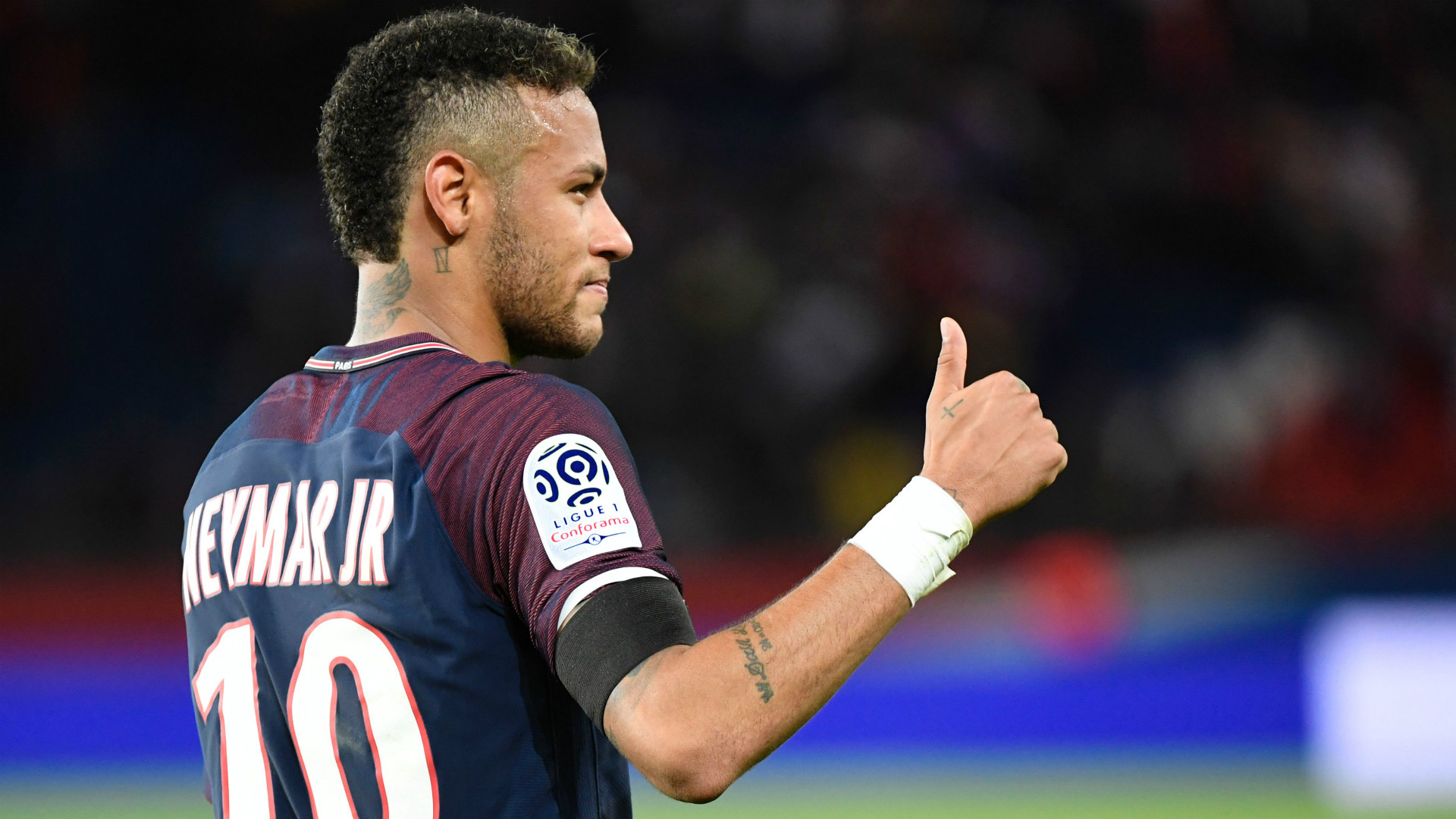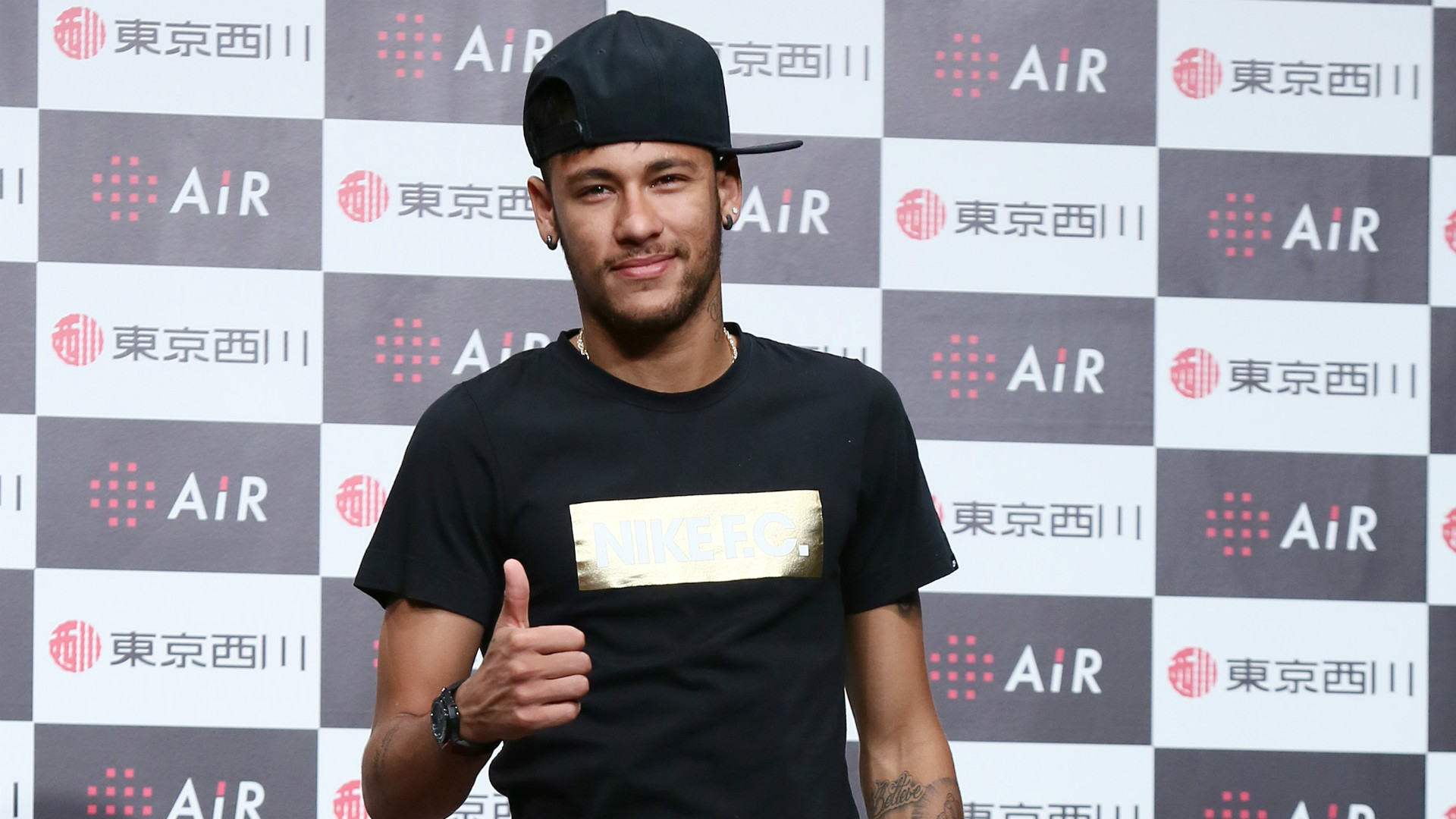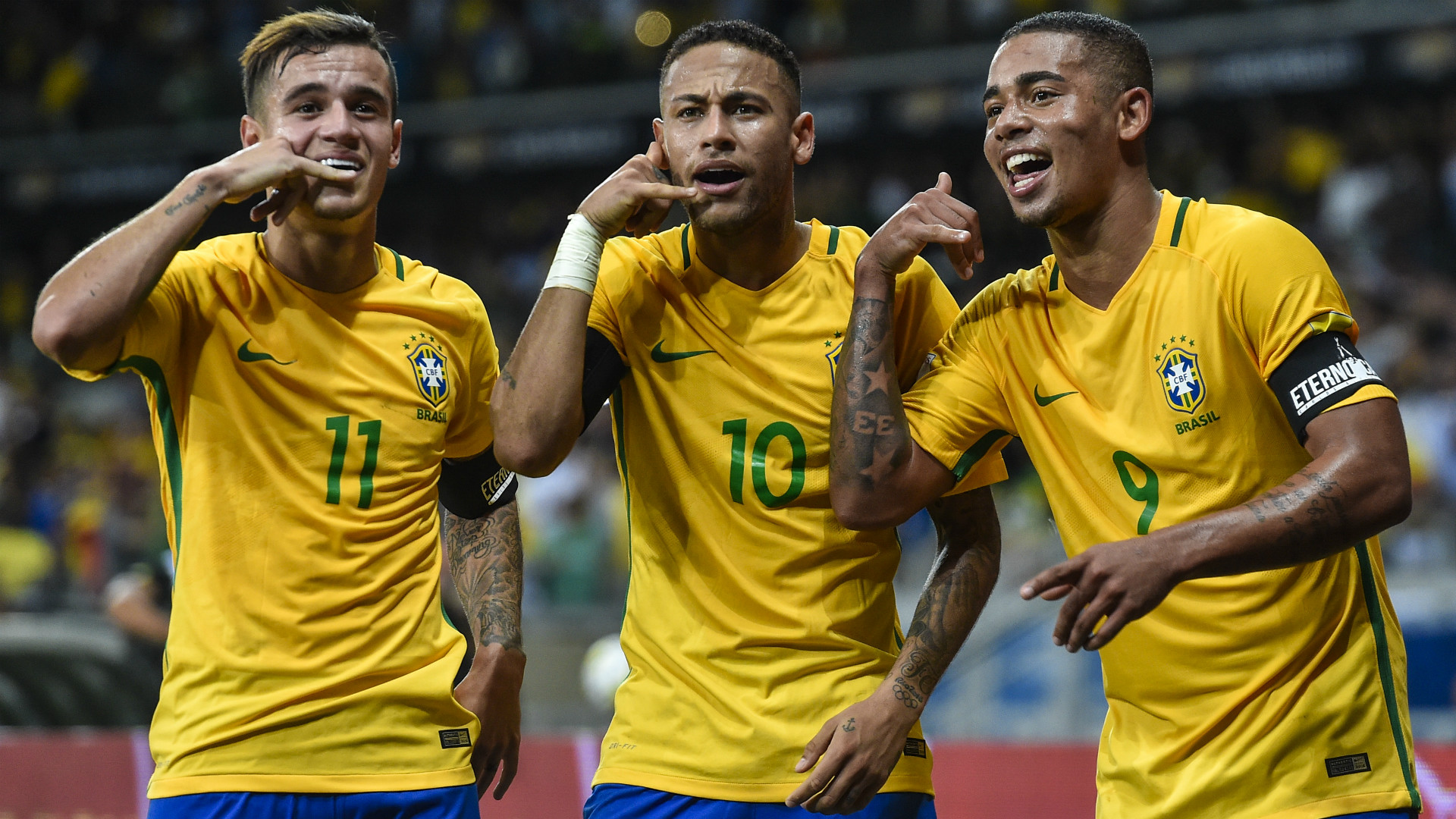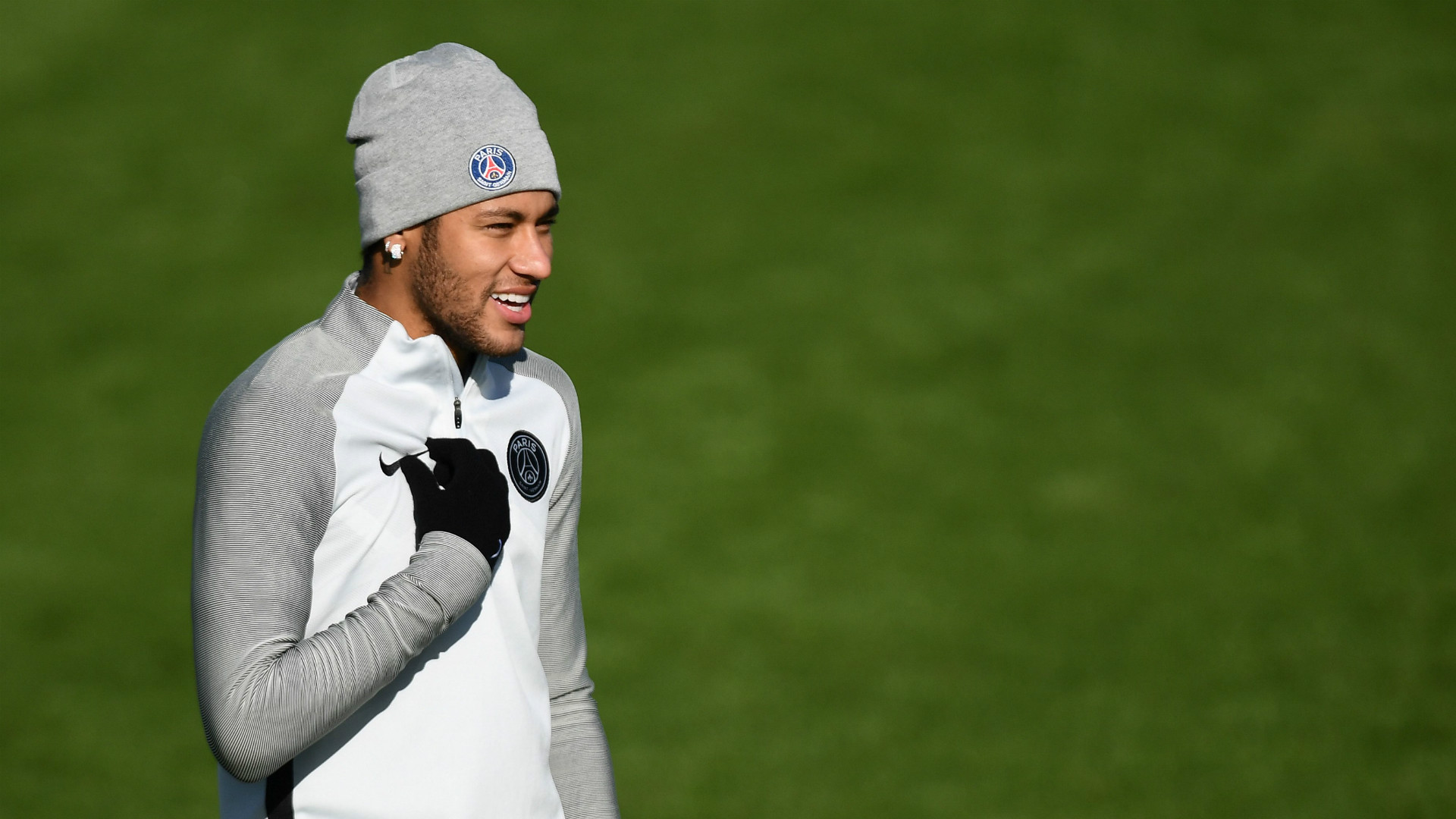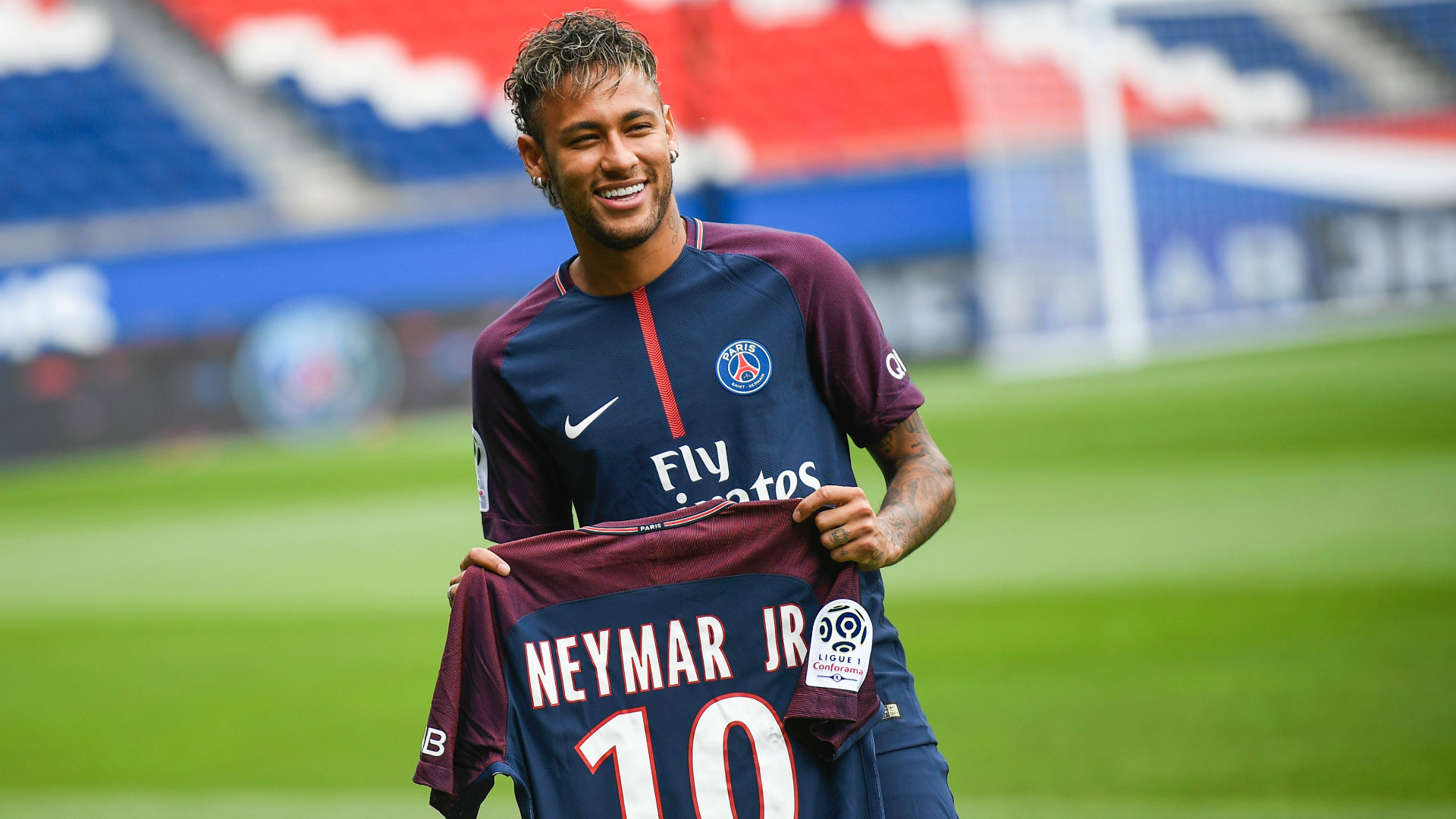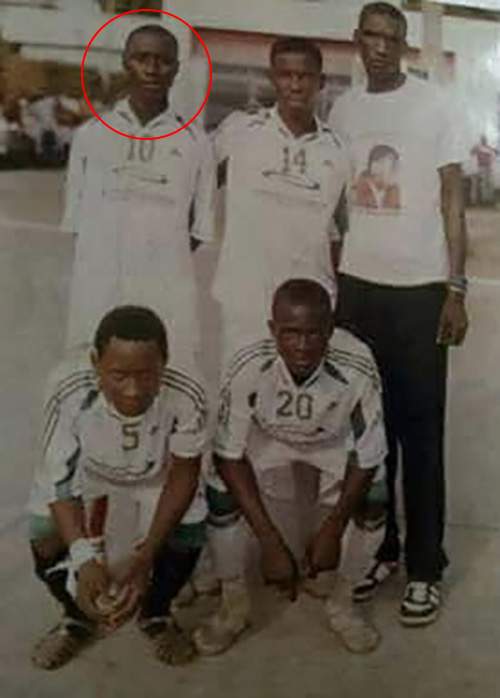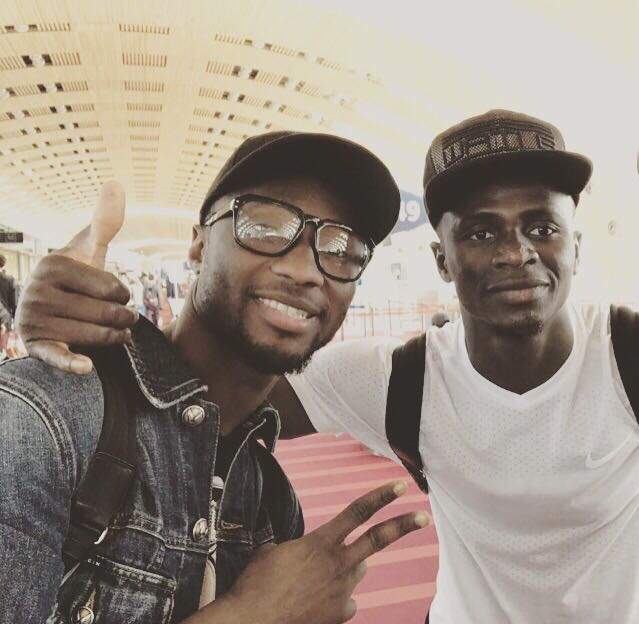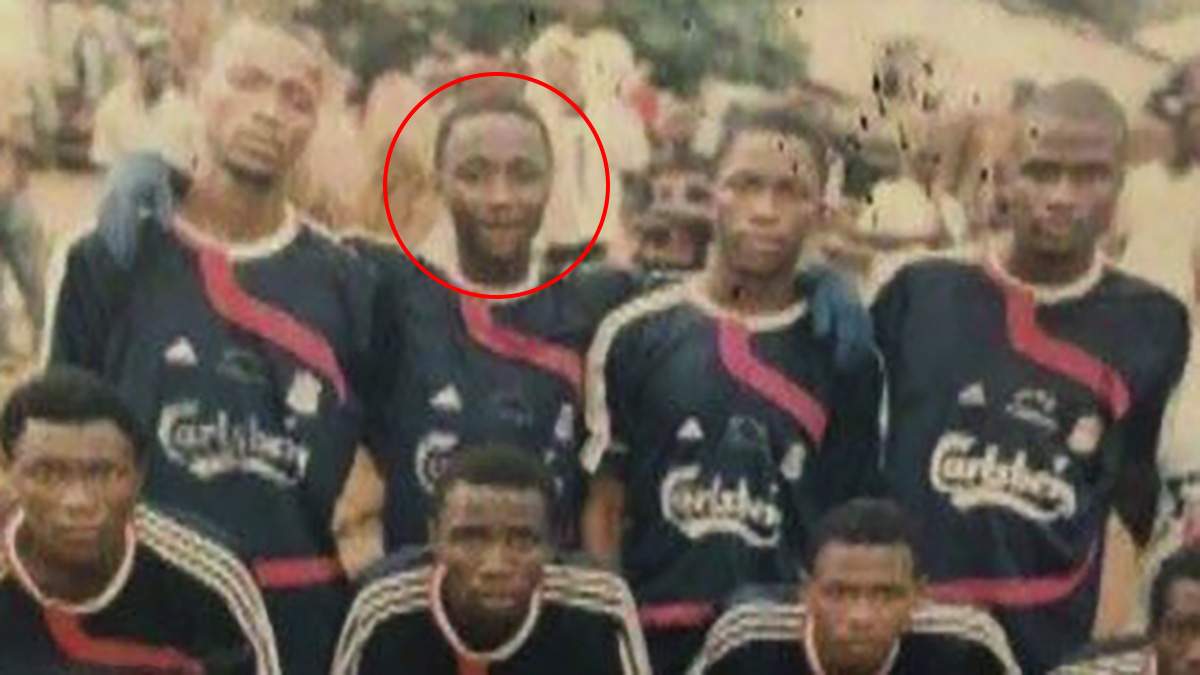Richard Olunwa of Amadi-Ama in Port Harcourt beats his 6 year old son to death.
According to multiple online sources, the man accused his child of stealing N3200 on Friday night and beat him till 1am on Saturday. The little boy was found lifeless this morning after the father tried to wake him up to run an errand for his pregnant wife.
It was gathered that the boy had been maltreated by his father and step-mom since his mother left, including being starved on a daily basis.
An Instagram user, @srigeorgeom who witnessed the incident, wrote; What a cruel world. This week Tuesday, between the hours of 8 to 9 am. I saw crowd of people around my vicinity gathered this little boy, so I stopped by and inquired what happened. They told me this little boy on his way to school, stole doughnut from a shop. The people whom he stole the doughnut even gave him more of it and mineral and asked him to go. They all claimed that his father and stepmum have the habit of starving and beating him to stupor on daily basis.
I saw so many scars on his body.I took the boy to my house, interviewed him, and he told me so many things. How he has been suffering since his mother left his father. I gave him some biscuits, asked him to come and eat at my place anytime and promised to see his father this week before he left for school just to wake up this morning with shouting that his father has beaten him to death. His father has finally killed him.
According to multiple online sources, the man accused his child of stealing N3200 on Friday night and beat him till 1am on Saturday. The little boy was found lifeless this morning after the father tried to wake him up to run an errand for his pregnant wife.
It was gathered that the boy had been maltreated by his father and step-mom since his mother left, including being starved on a daily basis.
An Instagram user, @srigeorgeom who witnessed the incident, wrote; What a cruel world. This week Tuesday, between the hours of 8 to 9 am. I saw crowd of people around my vicinity gathered this little boy, so I stopped by and inquired what happened. They told me this little boy on his way to school, stole doughnut from a shop. The people whom he stole the doughnut even gave him more of it and mineral and asked him to go. They all claimed that his father and stepmum have the habit of starving and beating him to stupor on daily basis.
I saw so many scars on his body.I took the boy to my house, interviewed him, and he told me so many things. How he has been suffering since his mother left his father. I gave him some biscuits, asked him to come and eat at my place anytime and promised to see his father this week before he left for school just to wake up this morning with shouting that his father has beaten him to death. His father has finally killed him.








